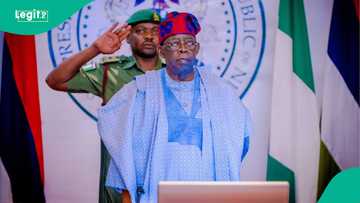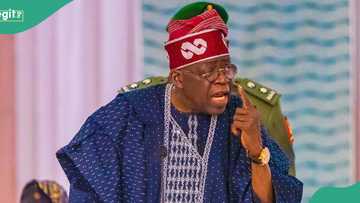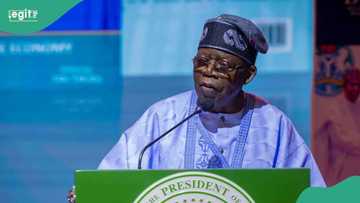Map of Nigerian Languages Released, Shows State-by-State Breakdown of Indigenous Dialects
- Nigeria stands as one of the most linguistically diverse nations in the world, with over 520 indigenous languages spoken across its 36 states and capital territory
- From Hausa in the north to Yoruba in the southwest and Igbo in the southeast, each region reflects a unique cultural and linguistic identity
- Legit.ng explores how language shapes Nigeria’s social fabric, state by state, revealing both the richness and challenges of its multilingual landscape
Nigeria, Africa’s most populous nation, has long been recognised for its extraordinary linguistic diversity.
According to recent reports, over 520 indigenous languages are spoken across the country’s 36 states and the Federal Capital Territory, reflecting a rich cultural mosaic that continues to evolve.

Source: Facebook
English and Nigerian pidgin, lingua franca across states
Experts have stated that English remains Nigeria’s official language, a legacy of colonial rule. It is widely used in government, education, and media.
However, Nigerian Pidgin, an English-based creole, has emerged as the most commonly spoken language, bridging communication gaps across ethnic lines.
Linguists estimated that over 60 million Nigerians speak Pidgin, making it a vital tool for national cohesion.
Hausa, Yoruba, and Igbo, dominant indigenous languages
Language researchers have consistently identified Hausa, Yoruba, and Igbo as the three most widely spoken indigenous languages in Nigeria. Hausa dominates the northern states such as Kano, Kaduna, and Katsina, with over 63 million speakers including second-language users. Yoruba is prevalent in southwestern states like Lagos, Oyo, and Osun, while Igbo is spoken extensively in southeastern states including Anambra, Imo, and Abia.
In a recent linguistic survey, Kaduna, Taraba were reported to have the highest number of indigenous languages, with many distinct tongues spoken within its borders.
Cultural analysts described the states as a “linguistic goldmine,” noting that its diversity stems from centuries of migration and inter-ethnic coexistence.
Adamawa, Bauchi and Benue were also highlighted for their linguistic richness. These regions host languages like Tiv, Jukun, and Fulfulde, each with millions of native speakers.
The National Library of Nigeria recently introduced a comprehensive map detailing the languages spoken in each state, aiming to preserve and promote Nigeria’s linguistic heritage.
Language families and unclassified tongues
Nigeria’s languages span three major African language families: Afroasiatic, Nilo-Saharan, and Niger-Congo. Linguists have also pointed out the existence of unclassified languages such as Centúúm, which may represent remnants of ancient linguistic traditions that predate current classifications.
Sociolinguists observed that rapid urbanisation and globalisation have led to a growing number of Nigerians speaking only English, particularly in cities like Abuja and Lagos.
Despite this shift, many rural communities continue to rely on indigenous languages for daily communication, cultural expression, and traditional governance.

Source: Facebook
Nation's flag before independence
In an earlier report, Legit,ng reflected on Nigeria's journey and its symbols of unity and identity as the nation celebrated its 64th independence anniversary. One such symbol is the flag that represented Nigeria before it gained independence in 1960.
Between 1914 and 1960, Nigeria's flag was a British Blue Ensign adorned with a unique badge. This badge featured a green six-pointed star, known as the Seal of Solomon, encircling a Tudor Crown, which was later replaced by St Edward's Crown in 1953. Below this emblem, the word "Nigeria" was inscribed in white on a red disc.
Proofreading by Funmilayo Aremu, copy editor at Legit.ng.
Source: Legit.ng





